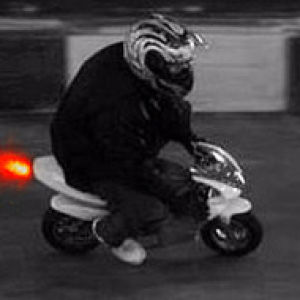Wellington square, Ayr......
Walked from Prestwick to Ayr this morning, about 3.5 mile route alongside the coastal walkways.
Stopped at the square for a mini picnic alongside the statues and monuments :)
Quite a bit of history this place holds,
Ayr (/ɛər/; Scottish Gaelic: Inbhir Àir, "Mouth of the River Ayr") is a town and former Royal Burgh sitting along the west coast of Ayrshire in Scotland. It forms a part of the South Ayrshire Local Authority area, serving as the area's administrative centre. Historically, Ayr was the county town of Ayrshire until 1975. Ayr is currently the most populated settlement in Ayrshire and the South of Scotland. It is the 13th most populous locality in Scotland.
The town was established in 1205 and soon developed as the central market and port along the west coast of Scotland, becoming a prominent trading port to Ireland. Oliver Cormwell also established a Citadel along the south of the river Ayr, the ramparts of which remain visible to this day. As the birthplace of famous Scottish poet Robert Burns, the suburb of Alloway, in the south of the town, houses his former home and the Robert Burns Experience. Across the Victorian era coal and iron remained the central export of the town, with fishing and shipping also forming a significant sect of the local economy. Ayr later developed as a holiday resort, aspects of which remain the case today with the continued presence of a Butlins holiday park to the south of the town. The Gaiety Theatre in Ayr ran various shows across the late 20th century, attracting performers from across the United Kingdom, and despite its decline throughout the 2000s, it remains in operation today.
Politically, Ayr has been more Conservative-voting than the remainder of Scotland, being represented by a Conservative MP continuously for nearly 100 years – from 1906 (as part of the Ayr Burghs constituency) until 1997. The town forms part of the first Conservative seat in the Scottish Parliament which has voted Conservative since 2000. The town is now marginally contested between the Conservatives, the Scottish National Party and the Labour Party.
Ayr is one of the largest retail centres along the South of Scotland and was recognised as the second healthiest town centre in the United Kingdom by the Royal Society for Public Health. Ayr has hosted the Scottish Grand National horse-racing steeplechase annually since 1965. The town also acts as headquarters to the Ayr Advertiser and Ayrshire Post newspapers and the West FM radio station.
Ayr Market Cross in 1810
Ayr was established as a burgh by King William the Lion in 1205. It was once known as 'Inverair' or 'Inverayr' (meaning mouth of the Ayr). Elements of this name remains present in the Scottish Gaelic name for Ayr – Inbhir Air.
Since 1261 annual fairs were held in the town. At this time the town had a recorded population of 1,500 and served as a major port on the west coast. The town was occupied by England from 1301 until 1312 as part of the Scottish Wars of Independence.
On 26 April 1315, the first Parliament of Scotland was held in Ayr by Robert The Bruce at St. John's Tower by the sea. Later, in 1652, the town was used as a base and fortress for some of Oliver Cromwell's men. Cromwell established a large fortress along the mouth of the River Ayr and erected walls around the area just south of the River's mouth - most of these walls remain present to this day. St John's Tower, which sat around the centre of the fortress, was originally part of a large church yet this was knocked down during the construction of the fort with the tower being used for military practice; it is now protected by "Friends Of Saint Johns Tower" (FROST) residents in the "Ayr Fort Area" which sits atop the former site of the citadel. A permanent military presence was established in the town with the completion of Ayr Barracks (later known as Churchill Barracks) on the citadel site in 1795.
- 0
- 0

Comments
Sign in or get an account to comment.


